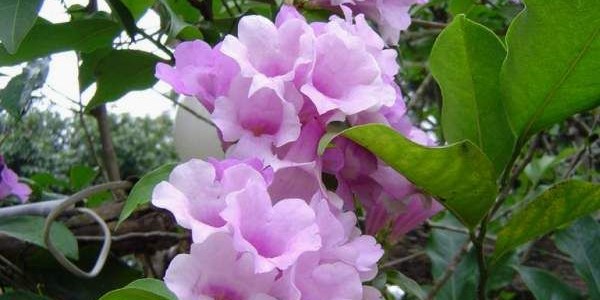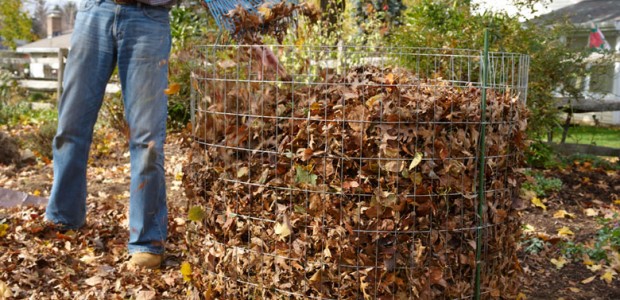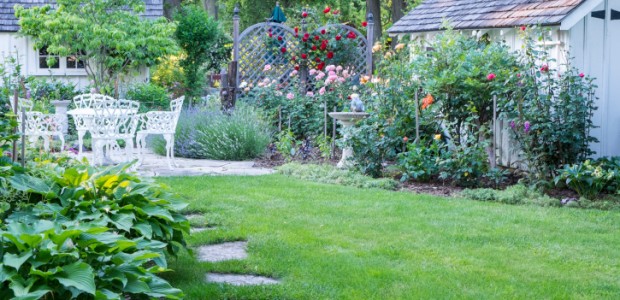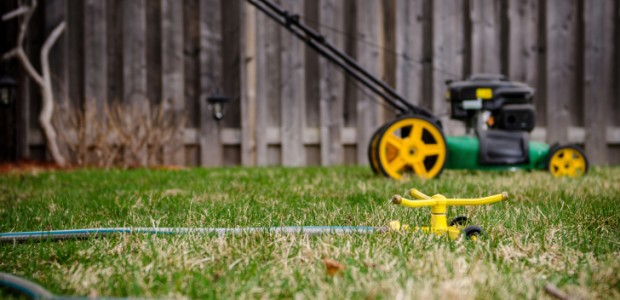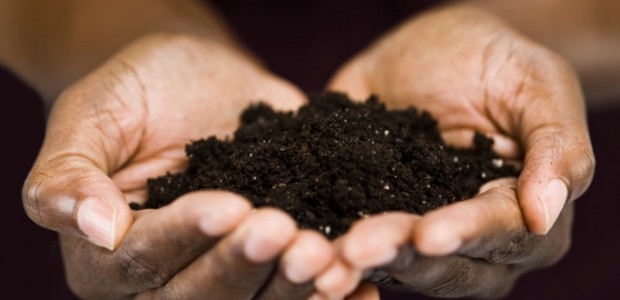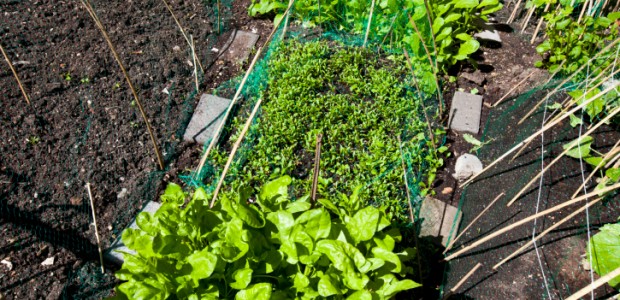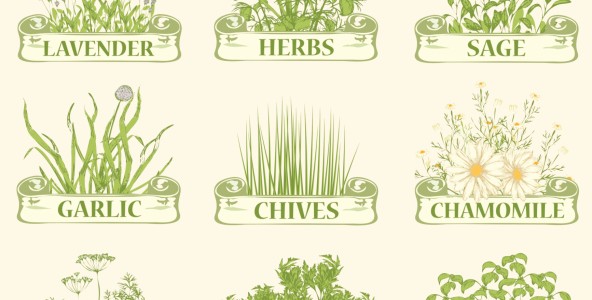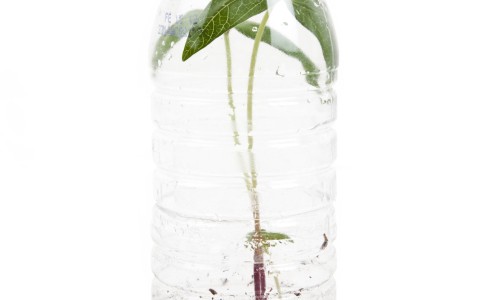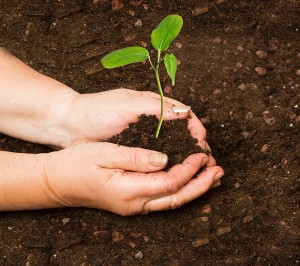
Whenever someone is decorating their home they always forget about natural air purifiers. Those natural air purifiers are known as plants. Eco-friendly plants are great to garden. They not only make the world a healthier place to live; they also make your home a refreshing place to be in. Then great thing is that a lot of them are indoor plants that can help get rid of air pollutants. They will bring a pop of color to any room along with fresh air. You can even add moisture to your room during the winter months just by adding a plant.
Here are some eco-friendly plants that you should garden.
- Tulips remove ammonium from the air.
- Peace Lily plants are so beautiful when they are peaceful cleaning the air. The white blooming plant is known to help filter toxic pollutant smells like nail polish, paint, and anything with benzene fumes.
- The Feston Rose Plant is not only beautiful but it also smells great. The flowers that bloom are vibrant and the plant can withstand high temperatures. Plus do not be guilty for not watering it much. It can survive. Treat it well thought because it helps tremendously with getting rid of air pollutants.
- Gerbera can easily remove toxic vapors from your environment.
- The Garlic Vine is the garlic/onion smelling flower of plants, hence where it gets its name from. Beautiful lavender flowers are what make this such a delightful indoor plant to have. The petals can be used for ailments and the vine is a great purifier.

- The Devil’s Ivy is a devil of a plant because it somehow continues to grow and grow with little care. Hang it high because it grows rapidly. The plant is great as a natural anti-pollutant against carbon monoxide.
- Phalaenopsis plants are hard to pronounce but are pretty to look at. The purify areas in your house that are not close to natural sunlight. Why? Since they cannot take a lot of sun light you can put them in areas with little light.
- Mini Palm Trees are great to keep indoors. Trees take in the carbon dioxide in the air and in return release oxygen for us to breathe. I think that is very kind of them. Plus it will give your room a nice tropical feel.
Next time you plan out your new eco-friendly project do not forget about our green friends. No not the aliens. These eco-friendly plants can make your room or garden so beautiful. My favorite is the Yellow Goddess. She is small, yet loudly intoxicating with natural purifiers. Freshen up the air and area at the same time. Learn how to take care of them and they will take care of you.
